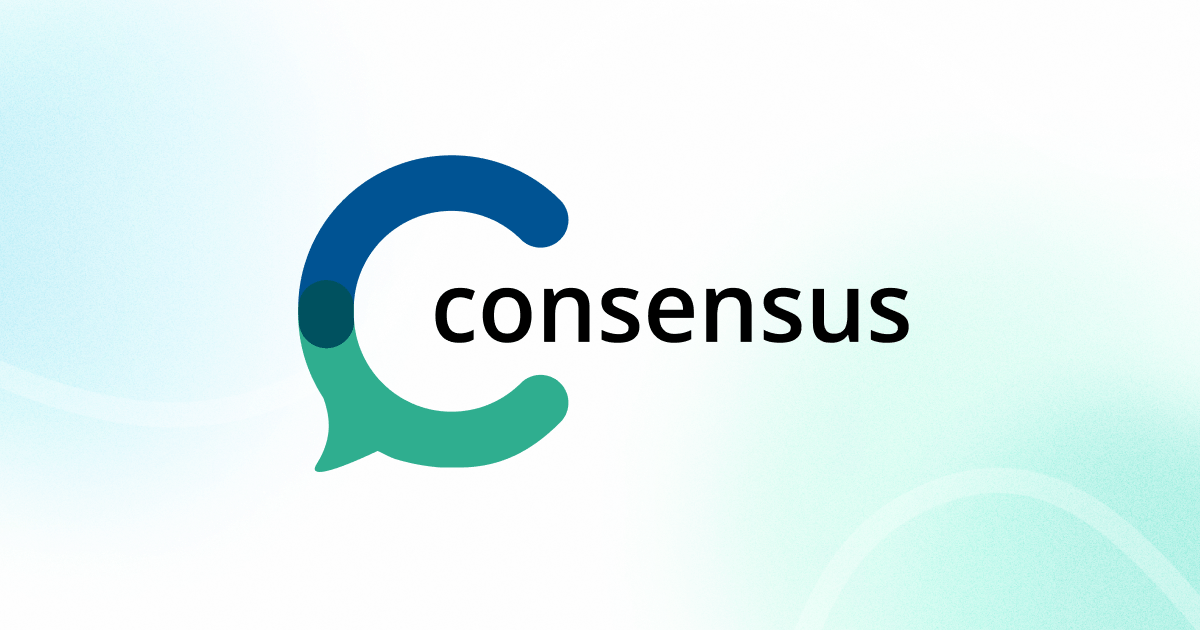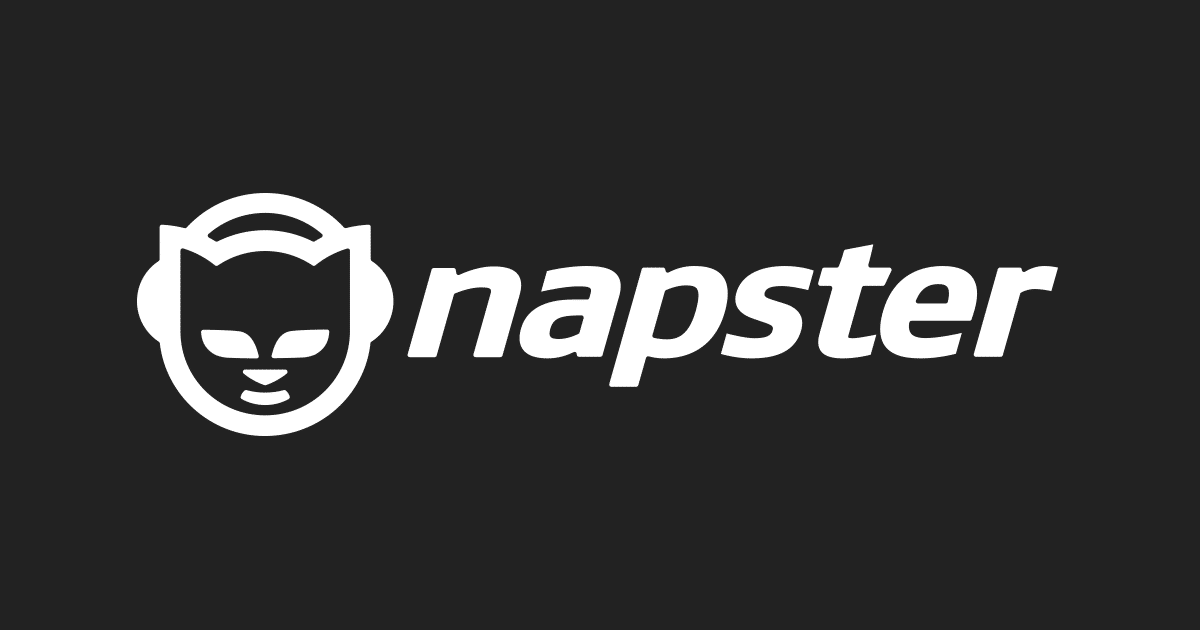If you are a student or working in the academic world, the following is probably a familiar scenario to you. You sit at a desk and ahead of you lies a big task: you must research a certain topic in-depth and return all the relevant, valuable information you can find. This means reading tons of research papers, generating an understanding of them, and synthesizing all the important information you need in a comprehensive text. It goes without saying that this task, also known as the literature review, is very arduous and therefore one of the most dreaded parts of the scientific process. Over the last few years however, technologies have been developed that might just save the day. One technology in particular has been gaining popularity over the last few months.

Consensus is a website powered by a generative AI. It is described by some as the imaginary baby of ChatGPT and Google Scholar. In essence, this website is a powerful search engine that allows its users to ask it questions to which it will respond by giving an overview of all the relevant scientific articles it can find. Let’s say you just saw a video of a gorilla communicating with a human using sign language. This piqued your curiosity so much that you got curious about the communicative abilities of gorillas. If you now type in the question: “Can gorillas effectively communicate with humans?” into Consensus, it will tell you the following: The ability of gorillas to communicate effectively with humans has been a subject of interest in understanding the cognitive and social capabilities of these primates. Research has explored various aspects of gorilla communication, including their use of gestures, vocalizations, and sensitivity to human attentional states. This short introduction would then be followed up by a summary of the key findings and their respective references, followed up with a separate list of all the relevant studies. All the studies would be linked directly as to make them as accessible as possible, allowing for a very fast exploration of a single topic.
Given the number of studies that are referenced in a single search and the amount of summarizing that is done, it is safe to say that Consensus could save people hours upon hours of time. No longer do you need to try endless amounts of different search terms, scan through papers with hundreds of pages and make endless lists of research notes. This is all great news as the use of AI for research purposes has the potential to make research more efficient and perhaps even more enjoyable. There is however also reason to be somewhat skeptical of a technology like this.
First and foremost, making artificial intelligence our one and only source of information should never be standard practice, especially in the academic world. Even if we are just using AI as a tool to find new papers, there is always the chance that the AI makes a big oversight and leaves out key information, or worse, AI could misrepresent the information and lead researchers to the wrong conclusions. Sites like Consensus are therefore best used in tandem with researchers own research, as just another tool in the toolbox. Because no matter where the information is coming from, it’s the researcher’s responsibility to make sure all the information in their work is factually correct and truthful. At the end of the day, being an arbiter of truth is a job best suited to humans, not machines.
Thumbnail credit: https://consensus.app/home/wp-content/uploads/2022/07/Horizontal-product-background-2×1-1.png
Image Credit: https://www.wikihow.com/images/8/8a/Take-Notes-for-Your-Research-Paper-Step-5.jpg
References:
Bello, C. (2024, January 20). The best AI tools to power your academic research. Euronews. https://www.euronews.com/next/2024/01/20/best-ai-tools-academic-research-chatgpt-consensus-chatpdf-elicit-research-rabbit-scite
Consensus AI. (2024, May 29). Introducing: Consensus GPT, your AI Research assistant – Consensus: AI search engine for research. Consensus: AI Search Engine for Research. https://consensus.app/home/blog/introducing-researchgpt-by-consensus/
Foster, G. (2024, September 23). How to Use Consensus: A guide to AI-Powered research. AIPure. https://aipure.ai/articles/how-to-use-consensus-a-guide-to-ai-powered-research



